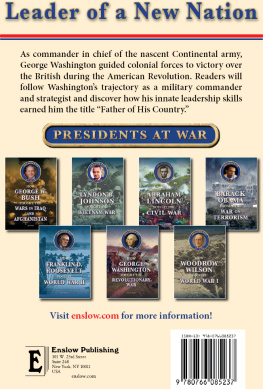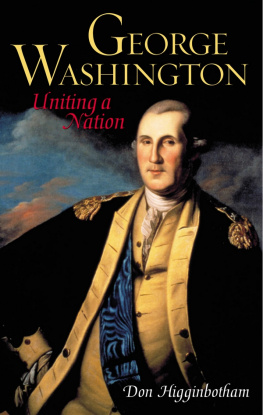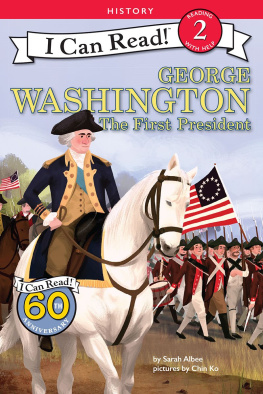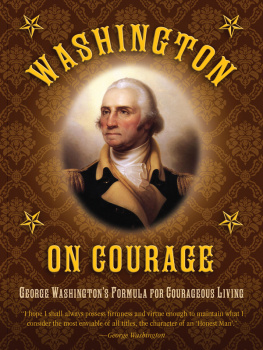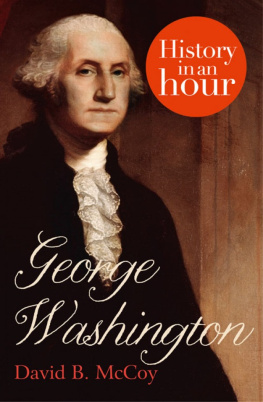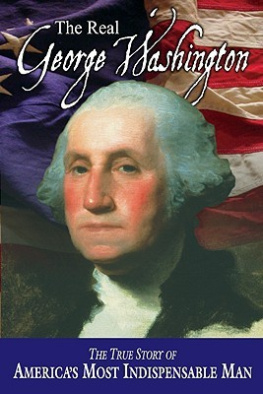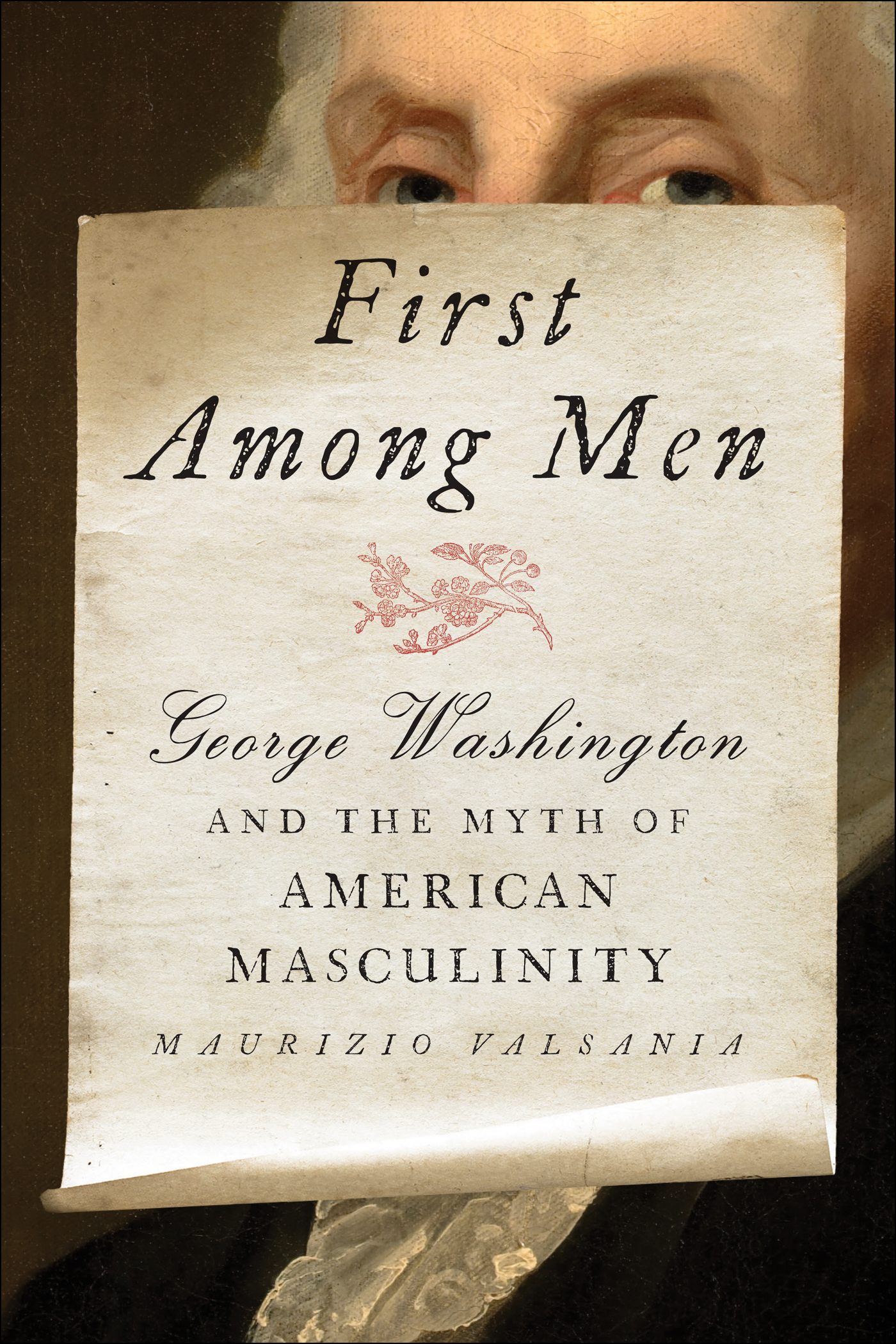Maurizio Valsania - First Among Men: George Washington and the Myth of American Masculinity
Here you can read online Maurizio Valsania - First Among Men: George Washington and the Myth of American Masculinity full text of the book (entire story) in english for free. Download pdf and epub, get meaning, cover and reviews about this ebook. City: Baltimore, year: 2022, publisher: Johns Hopkins University Press, genre: History. Description of the work, (preface) as well as reviews are available. Best literature library LitArk.com created for fans of good reading and offers a wide selection of genres:
Romance novel
Science fiction
Adventure
Detective
Science
History
Home and family
Prose
Art
Politics
Computer
Non-fiction
Religion
Business
Children
Humor
Choose a favorite category and find really read worthwhile books. Enjoy immersion in the world of imagination, feel the emotions of the characters or learn something new for yourself, make an fascinating discovery.

- Book:First Among Men: George Washington and the Myth of American Masculinity
- Author:
- Publisher:Johns Hopkins University Press
- Genre:
- Year:2022
- City:Baltimore
- Rating:4 / 5
- Favourites:Add to favourites
- Your mark:
First Among Men: George Washington and the Myth of American Masculinity: summary, description and annotation
We offer to read an annotation, description, summary or preface (depends on what the author of the book "First Among Men: George Washington and the Myth of American Masculinity" wrote himself). If you haven't found the necessary information about the book — write in the comments, we will try to find it.
Dispelling common myths about the first US president and revealing the real George Washington.
George Washingtonhero of the French and Indian War, commander in chief of the Continental Army, and first president of the United Statesdied on December 14, 1799. The myth-making began immediately thereafter, and the Washington mythos crafted after his death remains largely intact. But what do we really know about Washington as an upper-class man?
Washington is frequently portrayed by his biographers as America at its unflinching best: tall, shrewd, determined, resilient, stalwart, and tremendously effective in action. But this aggressive and muscular version of Washington is largely a creation of the nineteenth century. Eighteenth-century ideals of upper-class masculinity would have preferred a man with refined aesthetic tastes, graceful and elegant movements, and the ability and willingness to clearly articulate his emotions. At the same time, these eighteenth-century men subjected themselves to intense hardship and inflicted incredible amounts of violence on each other, their families, their neighbors, and the people they enslaved. In First Among Men: George Washington and the Myth of American Masculinity, Valsania considers Washingtons complexity and apparent contradictions in three main areas: his physical life (often bloody, cold, injured, muddy, or otherwise unpleasant), his emotional world (sentimental, loving, and affectionate), and his social persona (carefully constructed and maintained). In each, he notes, the reality diverges from the legend quite drastically. Ultimately, Valsania challenges readers to reconsider what they think they know about Washington.
Aided by new research, documents, and objects that have only recently come to light, First Among Men tells the fascinating story of a living and breathing person who loved, suffered, moved, gestured, dressed, ate, drank, and had sex in ways that may be surprising to many Americans. In this accessible, detailed narrative, Valsania presents a full, complete portrait of Washington as readers have rarely seen him before: as a man, a son, a father, and a friend.
Maurizio Valsania: author's other books
Who wrote First Among Men: George Washington and the Myth of American Masculinity? Find out the surname, the name of the author of the book and a list of all author's works by series.

